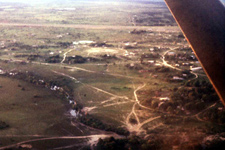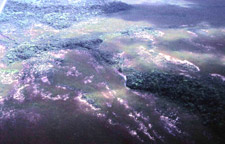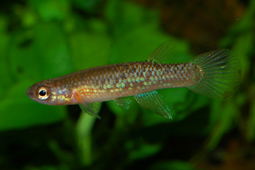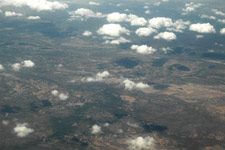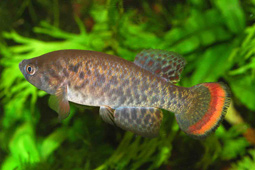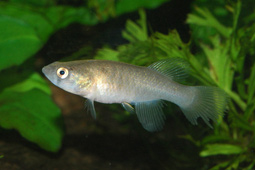Savannah's and deserts.
In the South america's we do not think of very dry area's as the continent is known for its huge rainfall and tropical forests. This is however a misunderstanding. On different locations savannah- or desert like environments exists do to high land on rocky bottom, areas were wind is blowing freely and only grasses can survive and even these grasses are in some occasions absent.
I will give 3 examples of these types of open land. The first is the northern part of Brazil and connecting Rupununi Savannah in the most southern part of Guyana (former British). The second is the top of the Guyana shield, The 3th is the peninsula La Guajira in the north of Colombia.
1. The Rupununi Savannah is situated at the southern border Guyana's to the northern border of Brazil. The area is flat and dry and has only once in a year a rainy season that sometimes does not bring any rain at all. If rains fall, it comes however with huge amounts and flood the area completely. This savannah lays high above sea level and is the source of riversistems that goes in different directions. The Rupununi River, at the source always dry during the dry seasons meets the Essequibo River more to the north. At almost the same location the Rupununi starts, at the foot of the Takatu mountain range, the Takatu River follows a north path first but has its final connection to the Rio Branco that flows in south direction and from there merges into the Rio Negro that is part of the mighty Amazon River itself. The only Rivulus that was located in this corner was a type similar to Rivulus urophthalmus that was found around Manari and Lethem. The discovery of Austrofundulus rupununi was also great news in the past years.
2. The Guyana shield is one of the most ancient mountain ranges of the world. It has a flat top and reach 2500 to 3000 feet above the sea level. It is formed out of massive rock that not allow a forest to exist on most locations. Low scrubs and bushes that can stand constant water at their feet's and find grip in cracks are present between the grassland that is not dense enough to keep cattle on it. It is almost good for nothing else than for the finding gold and diamonds.
But this environment also habitats many rivulus like Rivulus torrenticola, Rivulus gransabanae, Rivulus immaculatus, Rivulus breviceps, Rivulus lyricauda and Rivulus waimacui. Only 3 species so far like R. immaculatus and R. gransabanae and R. breviceps are found on the open stone surface of the plateau. The other species where found in the shade of primary forests along the Potaro River and at the foot of the Tepui's (table mountains) also.
At the periods in which heavy rains occur in the Rupununi Savannah, both river systems are connected (as a result of flooding) to each other and allow species to migrate from one system to the other. This gives the scientist reason to explain why some species could be found in both the river systems. Moema aff. staecki (Gluck Island-Essequibo River) and several Crenicichla species.
The savannah is the home of amerindian -also called indigenous- tribes that live from the cattle herds they keep. Connecting cattle trails to the northern part of Guyana are hundreds of years old and time seems to came to a hold if we see how these indians live.
3. Dry, but in a different way is the northern coast of Colombia. Here the bottom is not high above sea level and formed out of ancient rock formations and the constant winds coming from the northeast (Passatwinds) does not allow rainfall very often. This desert like environment habitat low scrubs and lot of cactus that can be huge in size. The winds coming from the ocean are salty and soil is salty to. This is the habitat of Austrofundulus and Rachovia. In the southwest of the La Guajira peninsula the Sierra Nevada de Santa Marta rises 5.600 meter above sea level and has permanent snow at the 2 summits. As the winds reach the mountain, clouds produce lots of rain in the mountains and behind. The water comes down from the slopes in fast flowing rivers, 36 in total, which seek their way to the inland, the neighboring Venezuelan Maracaibo Lake or directly the sea near Santa Marta.
The Guajira Peninsula desert in bird view.
These rivers are not a good habitat for Rivulus or other killies. The current is swift, there are no swamps along the stony riverbeds and many predators are present in the lower range with no aquatic vegetation.
Austrofundulus guajira
The Guajira peninsula is scattered with put holes, small or medium, in which water can remain after incidental rainfall. Farmers use these pools for their cattle and own water supply. These pools are the habitat of Austrofundulus as mentioned before and are completely separated from each other for thousands of years. This will be the reason for the many different color varieties that within one species can occur even within small range. As rainfall can be very unpredictable, the species evolved a way to survive by producing eggs with different diapauses that can last up to 2 year. The first eggs however come to complete development already in 4 to 5 weeks.
